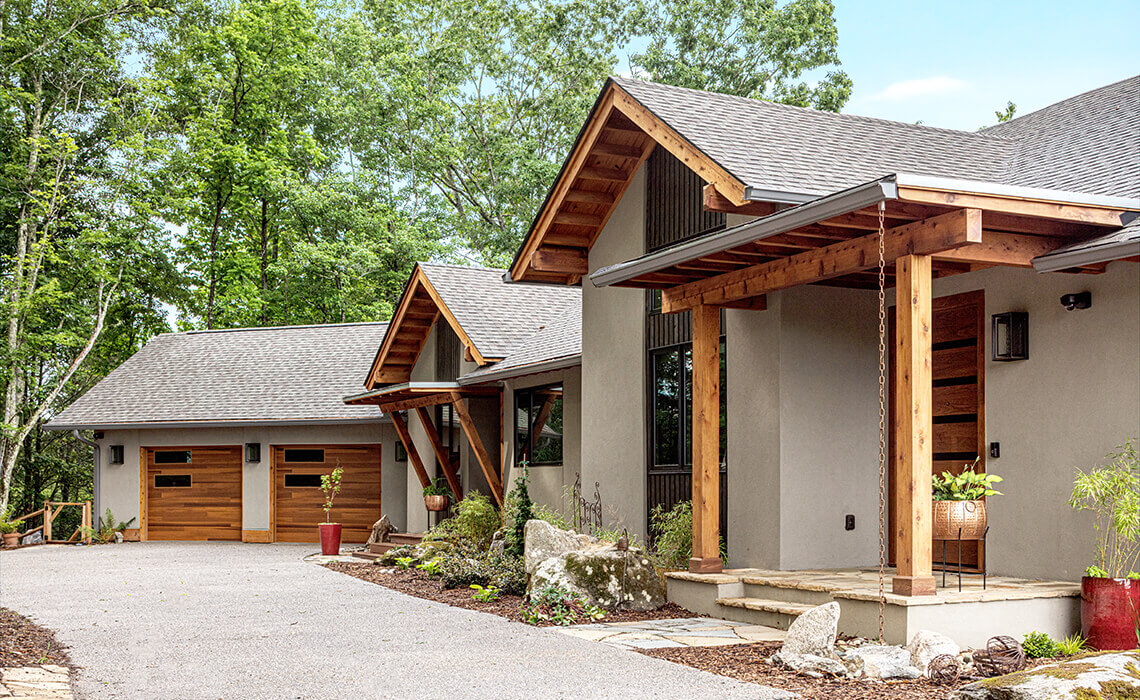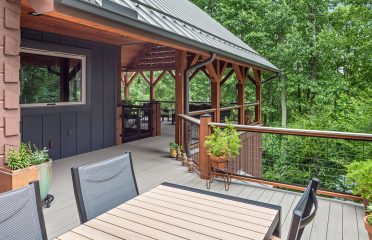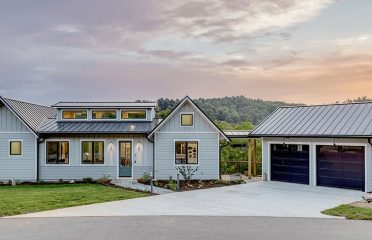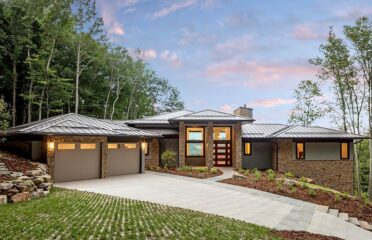Asheville Green Builders Help You Find Your Comfort Zone
Green building is anything but black and white. Most Asheville green builders strive to attain some sort of green certification or Energy Star rating when building a green home. Yet these same builders will tell you that you don’t have to have your home certified for it to be considered a green home.
It comes down to personal choice and your comfort zone. Understanding the advantages and disadvantages of those choices is important, so it is important to have a plan and follow the plan with your green builder in Asheville.
Five Areas Where You Want Asheville Green Builders’ Guidance
When considering your personal choices for your green home, Asheville green builders like us will guide you through five areas to evaluate when coming up with your plan.
- Sustainable site
- Conservation (water and energy)
- Materials
- Resources
- Indoor air quality
Asheville green builders can help you prioritize your choices
Going with the idea that a green home is about personal choices and your comfort zone, and not always building techniques and energy efficiency, personal choices in one of the areas above can influence choices in another. And, Asheville green builders like us will tell you that there can be trade-offs between these areas. One area ends up not being very green, while other areas are super green.
Sustainable Site
For example, when considering the homesite and its sustainability, most Asheville green builders will evaluate a home site with you to help you determine the site’s sustainability. Will you have to remove a lot of trees to create a building envelope, or is there a lot of open space and a natural building envelope? How much ground disturbance is required to put in the foundation? When thinking about energy efficiency, is it possible to site the home to leverage passive solar design or solar panels?
When thinking about personal choices that can make a home green, if the lot has trees galore that will need to come down to make room for the home, many builders are open to using the felled timber in the home. Felled trees can often be milled later into trim and other materials. This is an example of how a homesite that isn’t overly sustainable on paper can be offset by using felled trees as building materials.
Conservation (Water and Energy)
Additionally, if the homesite isn’t overly sustainable in nature, builders like us will help you select water and energy conservation systems that can offset the lack of site sustainability. What the homesite lacks in sustainability, you can make up for with a greywater system that allows you to reuse recovered water to flush toilets and water your garden. Asheville green builders can help you make up for felling a lot of trees by building the home to harness passive solar gain that improves energy efficiency.
Materials
When considering materials, you have a lot of choices – from construction materials to finishes. Here in the Asheville area, most green builders follow a stick-built (timber frame) construction process. While a strawbale home is one of the greenest, most energy efficient and most resource-sustainable construction styles, you don’t see them here in the Western North Carolina primarily because it is difficult to insure them. It’s hard to find homeowner’s insurance for strawbale homes because there are so few of them, so the comparison pool is tiny.
You may choose to use second hand materials like light fixtures, plumbing fixtures, and even windows and doors. Reusing these items keeps them out of landfills and can also help keep your budget in check. The greenest of the green light and plumbing fixtures can get expensive quickly. There may be a trade-off between efficiency and keeping something out of the landfill.
Strategic use of solar panels can help lower your energy bills. For many people, it just isn’t possible to fully power their home with the sun. It may be cost prohibitive, and often the homesite isn’t conducive for rooftop or free-standing solar arrays because there isn’t enough sun exposure for a whole home system. Yet, it may be possible to install solar panels to generate enough electricity to run the water heater and another system or two in the home. Asheville green builders often work with energy raters that can help with energy efficiency choices.
Resources
Let’s consider the resources that go into your home. For some people, going green includes using as much local labor and sourcing materials locally. The cost of lumber has gone up substantially in recent months, so looking for a local mill and lumber yard can help keep your dollars in the local community. The finished lumber cost, which includes the labor to get the trees to a usable lumber state, may be comparable in price to what you find in the big box stores.
Indoor Air Quality
Lastly, when making your choices, always consider indoor air quality. You can build an airtight, energy efficient home that requires only a little energy to heat and cool the home. The downside of a tight home compared to a drafty home built in the 1920s is that the indoor air is never replaced with fresh air. And that’s bad.
When the same old air sits in an enclosed space for an extended period, it gets stale. Dust, bacteria, mold and particles from off-gases and steam stay in the air, eventually polluting it. If your home doesn’t continuously exchange stale air for fresh air, you wind up inhaling all that dirty stuff, not to mention the toxic fumes that result from using a gas stove.
Air exchange systems work by circulating stale indoor air out of your home and circulating in fresh air from outside. Exchangers use a fan and vent system to blow indoor air outside, while another sucks fresh air in.
To wrap up
While Asheville green builders are focused on the building techniques to build an energy efficient home that can be called a green home, your choices have a big impact on your home’s “greenness” factor.







